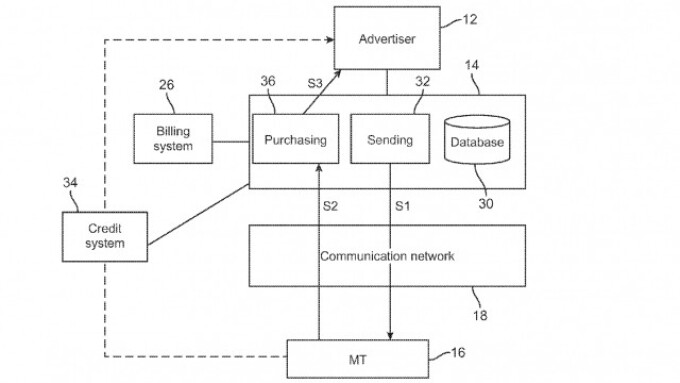LOS ANGELES — Today’s online advertising ecosystem is predicated on many consumer demographic and psychographic factors, a process that Apple is taking a step further via financial health analysis.
Media buyers know that the more closely you target your audience, the more money you can make — with factors such as the prospect’s age, location, sex, user platform and more, all coming into play — even time of day and day of week are all selectable parameters on modern digital advertising networks.
Now Apple is adding perhaps the most basic market question to the equation: can the ad’s viewer even afford the product or service being offered?
Apple recently filed an application with the U.S. Patent and Trademark Office for a “method and system for targeted advertising of goods and services to users of mobile terminals, based for example on the users’ profile.”
“Goods and services are marketed to particular target groups of users sharing a common profile which may be selected to increase the likelihood of the users responding to the advertisements and purchasing the advertised goods and services. The common profile of users may be based on the amount of pre-paid credit available to each user,” the Apple filing explains. “An advantage of such targeted advertising is that only advertisements for goods and services which particular users can afford, are delivered to these users.”
Critics of the process argue that Apple is invading their privacy by running credit reports on consumers as part of the ad serving process — and potentially putting your personal information at serious risk.
“They’re gobbling up everything they can learn about you and trying to monetize it,” Theo Priestley wrote for Forbes.com. “Apple is absolutely targeting your wallet and how you spend your money.”
Traditional print advertisers have long targeted consumers based on perceived financial level through their choices of ad venues, but Apple is taking it to a troubling new level, where the determination is not based on the probability that, for example, the reader of a high-brow magazine is well-to-do; but where the decision is made based on access to a person’s most sensitive personal information.
While there are few adult entertainment applications where basic affordability comes into play, Apple’s move illustrates the granular level of as targeting to which modern advertisers, adult or otherwise, are striving to achieve, providing inspiration and revenue to marketers.






